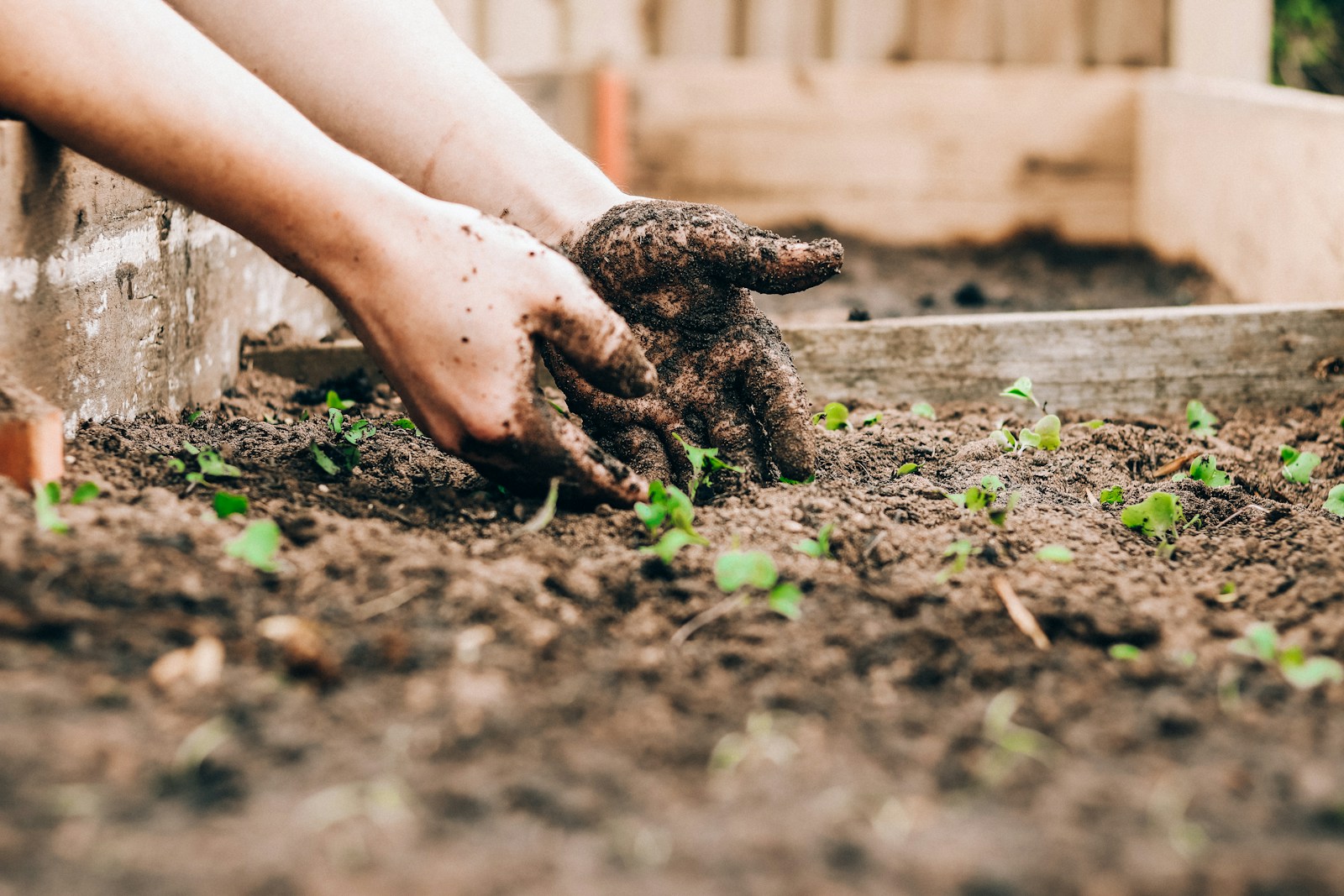Raising rabbits can be both rewarding and challenging. Whether you’re new to rabbit farming or an experienced breeder, understanding the key terms used in this field is essential. This glossary breaks down common rabbit farming phrases so you can communicate clearly and run your operation smoothly.
1. Doe
A doe is a female rabbit. This term is used to identify breeding females in rabbit farming. Does are essential for producing kits (baby rabbits) and maintaining a healthy breeding program.
2. Buck
A buck refers to a male rabbit. Bucks are used for breeding with does to produce offspring. They can also be kept as companion animals or for their meat or fur, depending on the purpose of the farm.
3. Kit
A kit is a baby rabbit. Kits are born helpless, blind, and furless. They grow quickly, and their development during the first few weeks is vital to the success of the operation.
4. Kinding
Kinding is the process of a doe giving birth. It typically lasts a few hours. A clean, quiet environment helps ensure a smooth kindling process and healthy kits.
5. Nest Box
A nest box is a small enclosure placed inside a rabbit’s cage for kindling. It provides a safe space for the doe and her newborns. It’s typically filled with straw or soft bedding.
6. Weaning
Weaning is the process of transitioning kits from their mother’s milk to solid food. This usually occurs around 4-6 weeks of age. Proper weaning helps reduce stress on the doe and ensures the kits grow strong.
7. Colony Housing
Colony housing refers to keeping multiple rabbits together in a shared space. While it’s more natural for the rabbits, it requires careful management to prevent fights and ensure adequate resources for all.
8. Grow-Out Pen
A grow-out pen is a larger enclosure used to house young rabbits after weaning. This space gives them room to grow and helps farmers manage them more effectively until they’re ready for sale or processing.
9. Pedigree
A pedigree is a record of a rabbit’s ancestry. It’s vital for breeders aiming to maintain specific traits within their stock, such as size, fur quality, or temperament.
10. Cull
To cull means to remove a rabbit from the breeding stock. This is typically done because of age, health issues, or poor genetic traits. Culled rabbits may be sold, processed for meat, or kept as pets, depending on their condition.
11. Pellets
Pellets are a type of manufactured rabbit feed. They provide a balanced diet with essential nutrients. Many rabbit farmers rely on pellets to ensure consistent growth and health in their herd.
12. Forage
Forage refers to fresh greens like grasses, herbs, or leaves given to rabbits as feed. Providing forage can save on feed costs, but it requires careful planning to avoid harmful plants.
13. Breed Standard
A breed standard defines the ideal characteristics of a rabbit breed. These standards are set by rabbit organizations, and breeders aim to meet them when showing rabbits or selling purebred stock.
14. Molting
Molting is the natural process where rabbits shed their fur. It occurs seasonally and may temporarily affect their appearance. Proper grooming during molting helps prevent wool block from ingested fur.
15. Fryer
A fryer is a rabbit raised and processed for meat, typically around 8-12 weeks old. Fryers are small, tender, and highly sought after in culinary markets.
16. Roaster
A roaster is a rabbit older than 12 weeks but still processed for meat. They are larger than fryers and often used in slow-cooked or baked dishes.
17. Hutch
A hutch is a rabbit’s enclosure. It can be made of wood, metal, or plastic. Properly sized hutches help keep rabbits safe and comfortable while providing easy access for care and cleaning.
18. Wool Block
Wool block occurs when rabbits ingest too much of their own fur, leading to digestive issues. Long-haired breeds are especially at risk. Preventive grooming and a high-fiber diet are essential.
19. Gestation Period
The gestation period is the time a doe is pregnant, usually lasting 28-31 days. Knowing the gestation period helps farmers prepare for kindling.
20. Rabbitry
A rabbitry is a facility or space dedicated to breeding, raising, and caring for rabbits. It can range from small backyard setups to larger commercial operations.
21. Chew Toys
Chew toys are items provided to rabbits to chew on. These help prevent boredom and keep their teeth healthy, as rabbit teeth grow continuously.
22. Meat Pen
A meat pen is a group of rabbits raised specifically for meat production. Farmers monitor their weight and health carefully to maximize yield.
23. Trio
A trio consists of one buck and two does, often used as a breeding group. This setup ensures efficient breeding and simplifies managing rabbit pairs.
24. Tattooing
Tattooing is a method of marking a rabbit’s ear with a unique identifier. This is common in registered and show rabbits for identification purposes.
Conclusion
Rabbit farming has its own set of unique terms and practices. Knowing these words helps you understand the industry and communicate clearly with other farmers. Whether you’re breeding rabbits for meat, fur, or as pets, a solid grasp of the vocabulary ensures smooth operations and better results for your rabbitry.




Leave a Reply